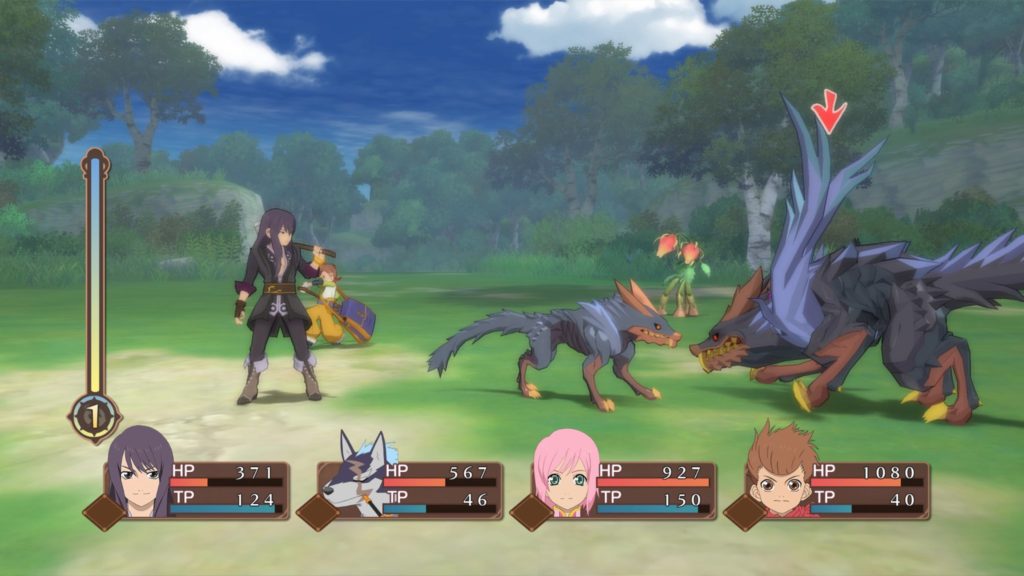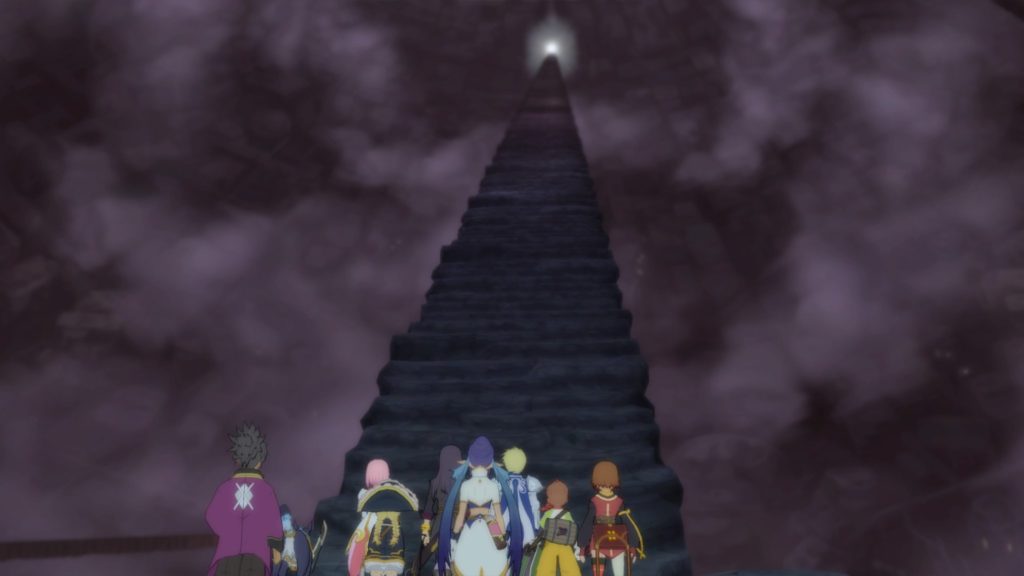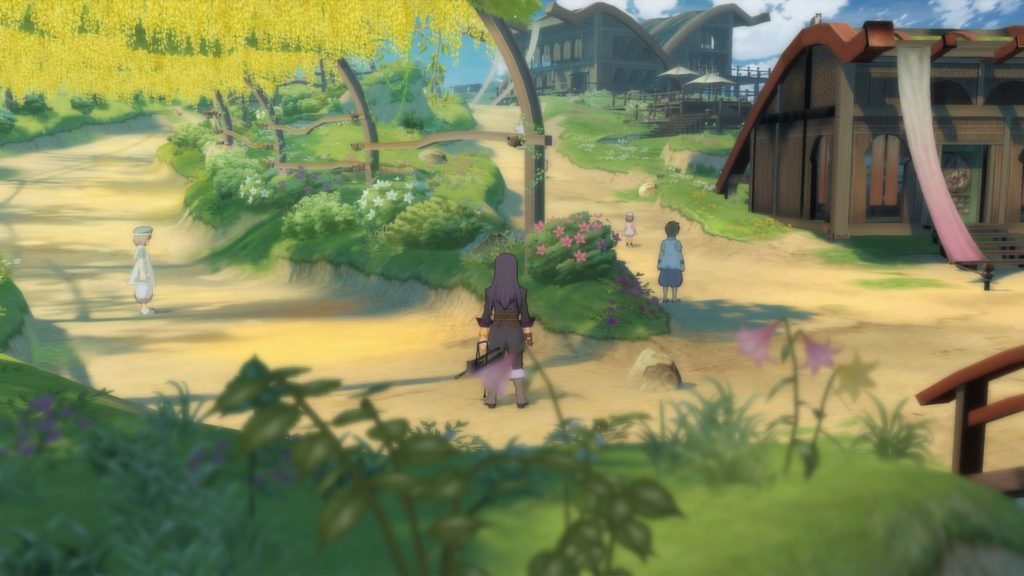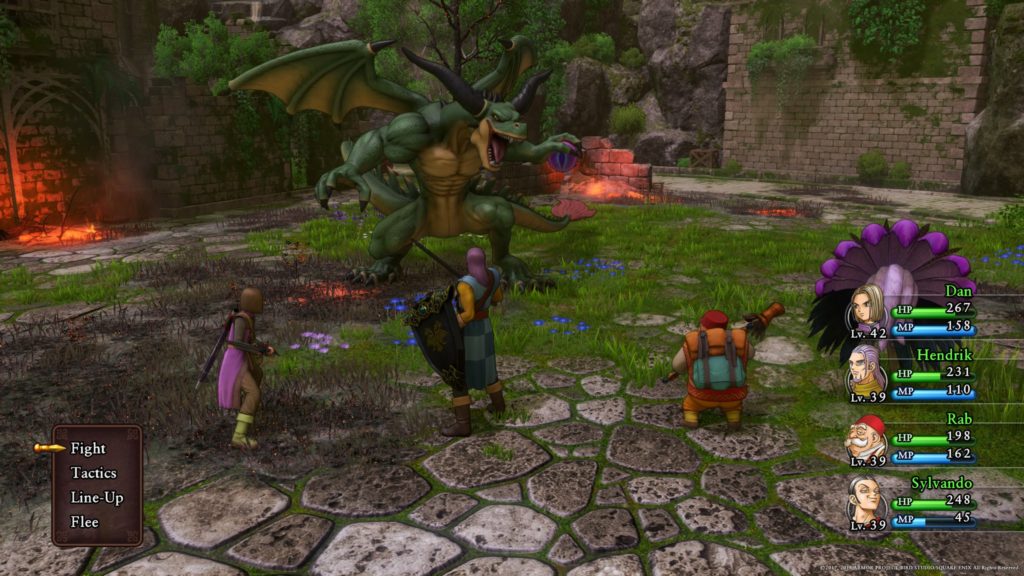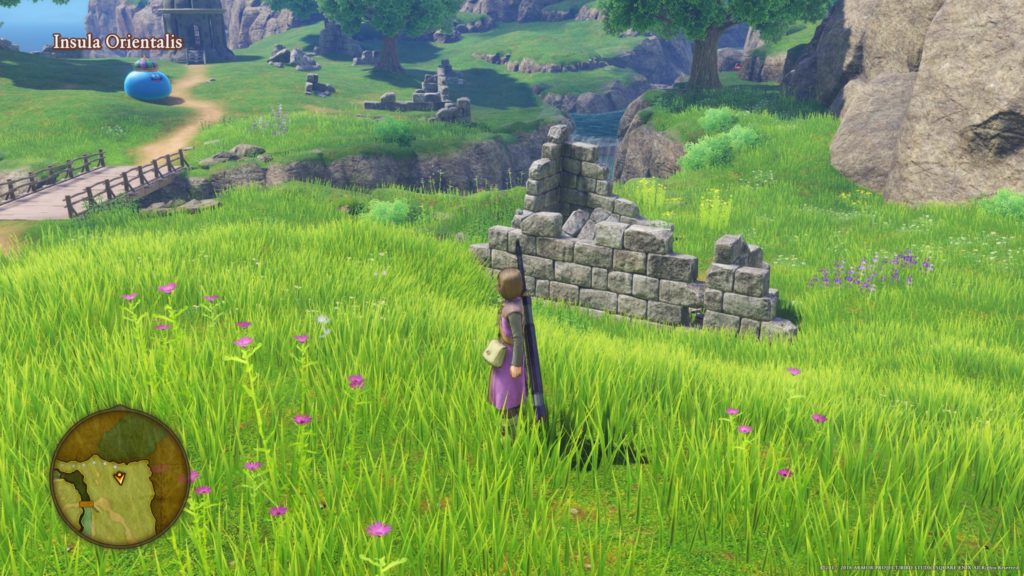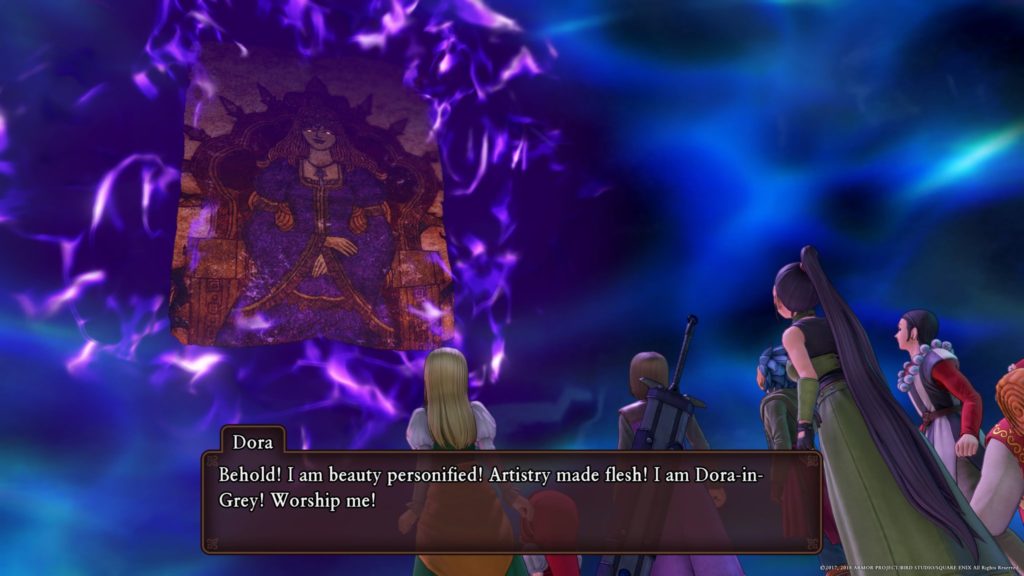- Genre: JRPG
- Platform: Switch
- Original Ramblings
Xenoblade Chronicles 2 was a fairly enjoyable game overall. It had a great universe, enjoyable story, fun characters, and a ton of depth. However, it wasn’t without its issues. The game, like its predecessors was somewhat grindy. The UI was often in the way of streamlined leveling. Overall, despite its depth, the game often felt like it was pushing for more for the sake of more.
Torna however feels like they really embraced the idea of less is more, and the experience is much better as a result. This is an entirely standalone experience, billed as an expansion. It’s a much shorter experience with a significantly streamlined story, rips outs a whole bunch of extraneous systems to focus the leveling aspect, and narrows you onto two main titans. Some clever changes to the battle system really finish up the tweaks, and the total package ends up being much better than the base game, despite the reduction in bullet point features.
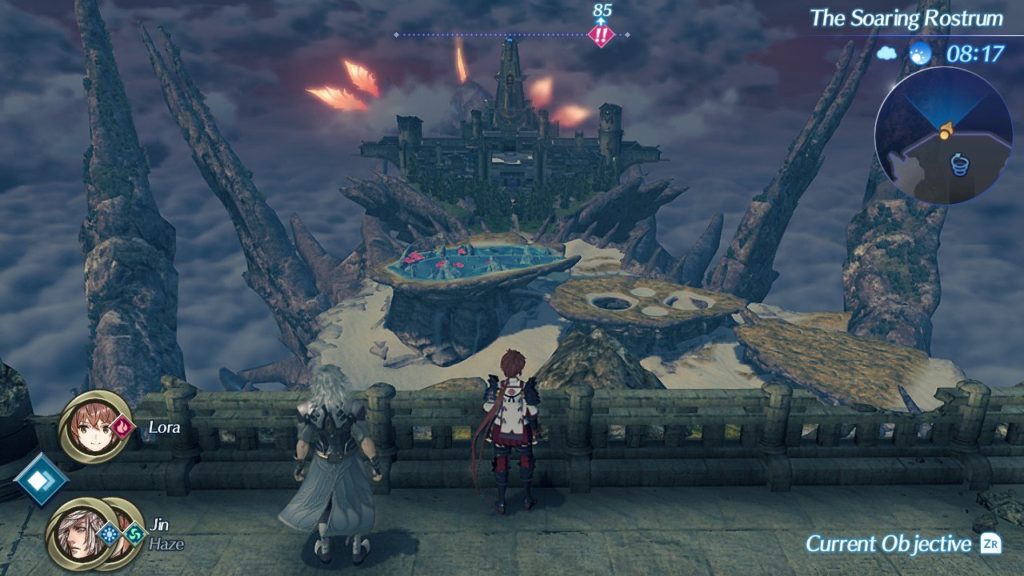
The most obvious immediate change is that almost all of the blade collecting, and therefore a lot of the metagame leveling is gone. You only get blades that are important to the story, and each party member ends up having two blades of different types. By the end of the expansion, you’ve basically got exactly what you need to finish the game with the full suite of ability types. There’s also no longer any special blades, no multi form blades, any robot blade replacements, and no mercenary guild to level up. This all sounds like a lot of removal, but that also meant that a lot of the tedious grind simply went away. It’s entirely addition by subtraction.
The rest of the leveling setup is maintained. You get XP from kills and quests, weapon points from kills, skill points from kills, and various things can be activated in each blade’s affinity chart. As a core set this ends up playing a nice balance between having a nice range of systems without having too many, and also gives you some specific subgoals to focus on, particularly with respect to the blade affinities.

The battle system has also been tweaked to generally feel more streamlined, as well as a fair bit quicker paced. For the most part, people familiar with XC2 will drop in quickly and feel right at home, and I suspect they will like the changes in place.
The first big change is that blade swapping is used as a way to switch the active passive attacker, and swapping between the blades and the driver activate an attack on swap. This is used to inflict a number of status effects, particularly things like topple or smash, as well as providing a full recharge of the blade artes. In practice, it basically means that you can do a combo as follows:
- Activate Break on one character while using all of their artes.
- Swap to another character to inflict Topple and quickly use the full suite of artes.
- While this is happening, the AI will typically inflict Launch
- Swap to the third character to inflict Smash, finishing a full chain combo.
This pattern is done way faster than any similar combo would have been done in the original release. In also having the blades be the primary attacker, there’s a much more direct feel to the swap, instead of it simply being the blade out of frame swapping out.
The elemental orb / chain attack setup has also been tweaked a bit to reduce clutter. There are still orbs applied on successful blade artes, elemental orbs can be broken in a final combo attack, etc. However, the elemental chaining no longer is used to seal attacks, so a big UI element that I generally ignored is no longer there, and honestly I didn’t miss it at all.
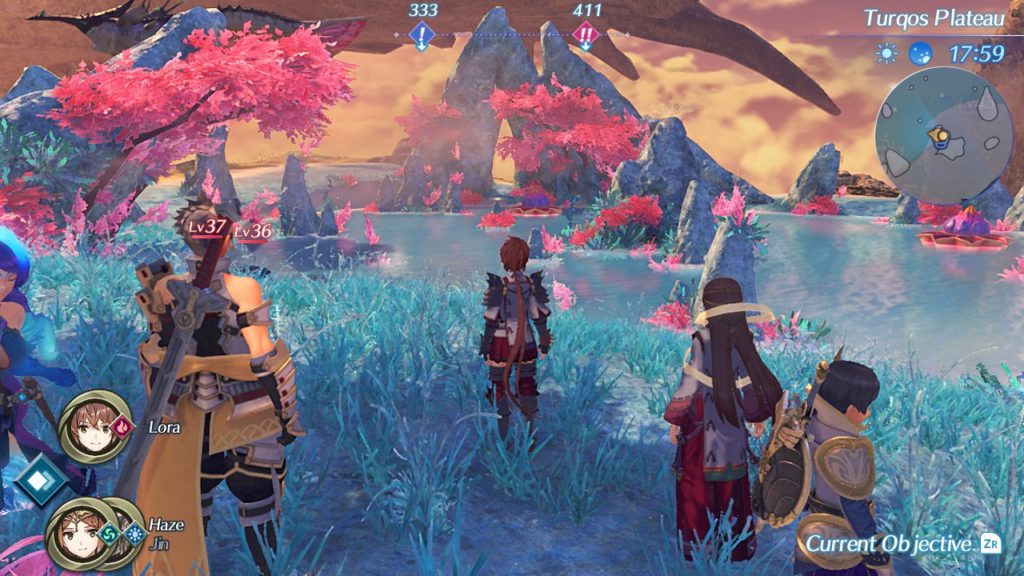
So in the end, this is both a great expansion on the XC2 universe, as well as a way to generally improve on the overall gameplay at the same time. As a prequel, this covers a bunch of story that was hinted at throughout the original game in a way that only improves the universe. On its own that’s enough for me to recommend it to fans of the original. However, the gameplay improvements definitely clinch it for me. This is a much better experience than XC2, and it’s clear that the dev team is learning some lessons from their past releases. Here’s to hoping whatever comes next continues that improvement.


